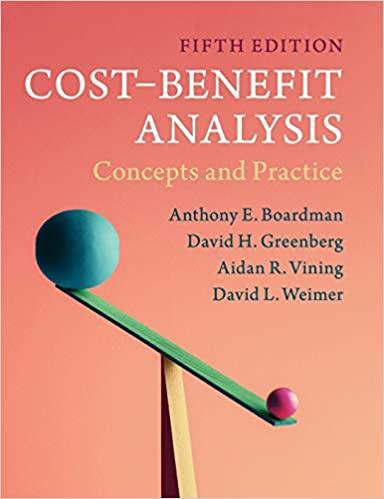Question
The trial balance of Pacific, Incorporated as of January 1, Year 9, had the following normal balances. Cash $ 93,380 Petty cash 100 Accounts receivable
The trial balance of Pacific, Incorporated as of January 1, Year 9, had the following normal balances.
Cash $ 93,380
Petty cash 100
Accounts receivable 21,390
Allowance for doubtful accounts 2,485
Supplies 180
Prepaid rent 3,000
Merchandise inventory (23 @ $280) 6,440
Equipment 9,000
Van 27,000
Accumulated depreciation 14,900
Salaries payable 1,500
Common stock 50,000
Retained earnings 91,605
During Year 9, Pacific Inc. had the following transactions. (Questions 8-12 & 15-18 are purposely left out.)
Paid the salaries payable from Year 8.
Paid $9,000 on May 2, Year 9, for one years office rent in advance.
Purchased $425 of supplies on account.
Purchased 145 alarm systems at a cost of $290 each. Paid cash for the purchase.
After numerous attempts to collect from customers, wrote off $2,060 of uncollectible accounts receivable.
Sold 130 alarm systems for $580 each plus sales tax of 5 percent. All sales were on account.
Record cost of good sold for the sales transaction mentioned in previous transaction (number 6). Be sure to compute cost of goods sold using the FIFO cost flow method.
Pacific now offers a one-year warranty on its alarm systems. Paid $1,950 in warranty repairs during the year.
On September 1, borrowed $12,000 from State Bank. The note had an 8 percent interest rate and a one-year term to maturity.
Paid the accounts payable.
Paid a dividend of $10,000 to the shareholders.
Adjustments
There was $165 of supplies on hand at the end of the year.
Recognized the expired rent for the office building for the year.
Recognized uncollectible accounts expense for the year using the allowance method. The company revised its estimate of uncollectible accounts based on prior years experience. This year, Pacific estimates that 2.75% of sales on account will not be collected.
Recognized depreciation expense on the equipment and the van. The equipment has a five-year life and a $2,000 salvage value. The van has a four-year life and a $6,000 salvage value. The company uses double-declining-balance for the van and straight-line for the equipment. (A full years depreciation was taken in Year 8, the year of acquisition.)
The alarm systems sold in transaction 6 were covered with a one-year warranty. Pacific estimated that the warranty cost would be 3 percent of alarm sales.
Recognized the accrued interest on the note payable at December 31, Year 9.
requirerments:
General Journal tab - Prepare the journal entries to record transactions 1-7, 13-14 & 19-20. Then prepare the necessary adjusting entries (21) through (26) to correctly report net income for the period.
General Ledger tab - Each journal entry is posted automatically to the general ledger.
Trial Balance tab - The ending balance values from the General Ledger tab flows through to the Trial Balance tab.
Income Statement tab - Use the drop-down to select the accounts properly included on the income statement.
Statement of Changes in Stockholders' Equity tab - Prepare the statement of changes in stockholders equity for the year ended December 31, Year 9.
Balance Sheet tab - Prepare a classified Balance Sheet at December 31, Year 9.






Step by Step Solution
There are 3 Steps involved in it
Step: 1

Get Instant Access to Expert-Tailored Solutions
See step-by-step solutions with expert insights and AI powered tools for academic success
Step: 2

Step: 3

Ace Your Homework with AI
Get the answers you need in no time with our AI-driven, step-by-step assistance
Get Started


